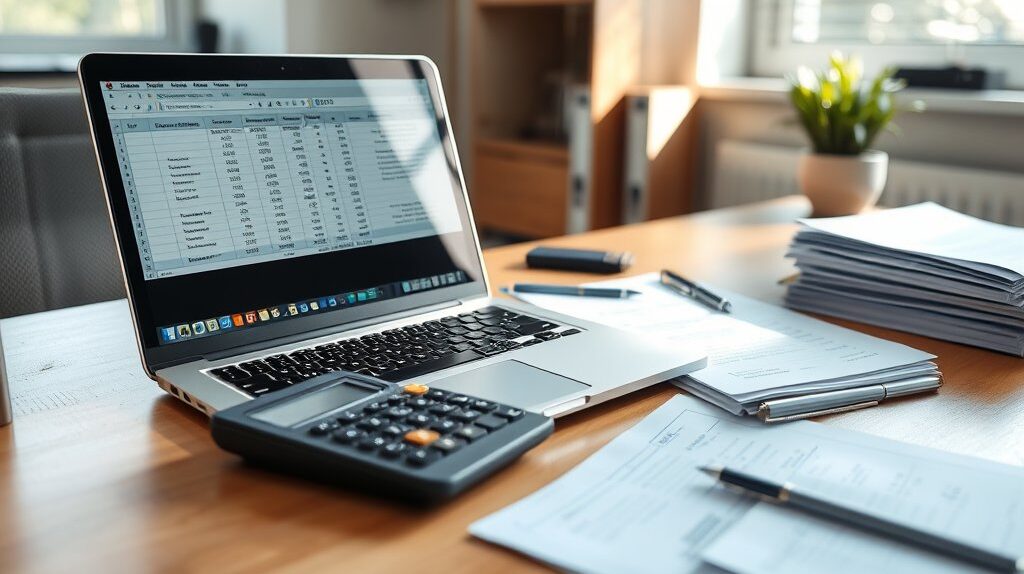Understanding VAT, or Value Added Tax, is like peeling an onion—each layer reveals a bit more complexity. At its core, VAT is a consumption tax placed on a product whenever value is added at each stage of the supply chain, from production to the point of sale. Sounds straightforward, right? Well, not quite. The tricky part comes in figuring out how much of that final price is actually VAT.
For instance, in many countries like the Netherlands, the standard VAT rate is 21%, while some goods and services enjoy a reduced rate of 9%. Imagine buying a snazzy pair of shoes for €121. You might think, “Wow, these shoes are pricey!” But hidden in that price tag is the VAT. To figure out how much you’re really paying for the shoes alone (excluding VAT), you’d use a simple formula: hoe haal je 21 btw uit een bedrag Total amount / 1.21. So, €121 / 1.21 equals €100. That means €21 went straight to VAT.
Of course, it gets even more nuanced when dealing with different rates. Take your morning coffee for example. If you buy a cup for €3 and the VAT on food and drinks is 9%, then the calculation changes slightly: Total amount / 1.09. So, €3 / 1.09 equals about €2.75 for the coffee itself and €0.25 for VAT. Simple math but it makes you wonder how much of what we spend daily actually goes to taxes.
Calculating vat on everyday purchases
Ever wondered why your grocery bill seems higher than expected? The culprit often lies in the VAT hidden within those prices. Calculating VAT on everyday purchases might seem daunting at first, but it’s pretty straightforward once you get the hang of it.
Let’s break it down with an example. Suppose you buy a loaf of bread for €2.50 and the VAT rate on food items is 9%. To figure out how much of that €2.50 is actually VAT, you can use this nifty formula: VAT amount = (Total amount including VAT / 109) * 9. Plugging in the numbers, you get (2.50 / 109) * 9 ≈ €0.21. So, your bread costs €2.29 before tax and €0.21 goes to VAT.
But what about non-food items? Let’s say you splurge on a fancy gadget costing €500 with a standard VAT rate of 21%. The formula here would be: (500 / 121) * 21 ≈ €86.78. That means the actual cost of your gadget is around €413.22 before tax and you’re shelling out nearly €87 just in VAT! Knowing this can make you more mindful of where your money is going and help you budget better.
The role of vat in business transactions
For businesses, VAT is both a headache and a crucial component of operations. Companies must charge VAT on their sales and also pay it on their purchases. This leads to a situation where they need to calculate both input and output tax meticulously.
Imagine running a small bakery. You buy ingredients like flour and sugar from suppliers who charge you VAT on these goods. At the same time, you sell delicious cakes and pastries to customers, adding VAT to your prices. The difference between what you pay as VAT on purchases (input VAT) and what you collect from customers (output VAT) determines your net VAT liability or refund due.
This system ensures there’s no double taxation while maintaining transparency throughout the supply chain. Businesses can claim back the input VAT they’ve paid, making it less burdensome financially but requiring diligent bookkeeping. Failing to stay on top of these calculations can lead to compliance issues and potential fines from tax authorities.
How to handle vat in international trade
Now let’s talk global—because who doesn’t dream of taking their business international? When it comes to international trade, handling VAT becomes even more complex but also fascinating in its own right.
If you’re exporting goods from the Netherlands to another EU country, things operate under what’s called “intra-community supply.” Here, sales are generally zero-rated for Dutch VAT purposes, meaning no Dutch VAT is charged at the point of sale. However, the buyer in the other EU country must account for local VAT through their country’s reverse-charge mechanism.
Importing goods into the Netherlands flips the script a bit. You’ll need to pay Dutch import VAT at customs unless you’re part of specific schemes like postponed accounting that allow deferring this payment until your next VAT return instead of at the border.
All these rules ensure that businesses aren’t unfairly taxed multiple times across borders but also require meticulous attention to detail and proper documentation to navigate smoothly.
So there you have it—a whirlwind tour through the labyrinthine world of VAT, touching everything from your morning coffee to international trade deals! Whether you’re a consumer curious about where your money goes or a business owner trying to stay compliant, understanding these basics can make all the difference.
